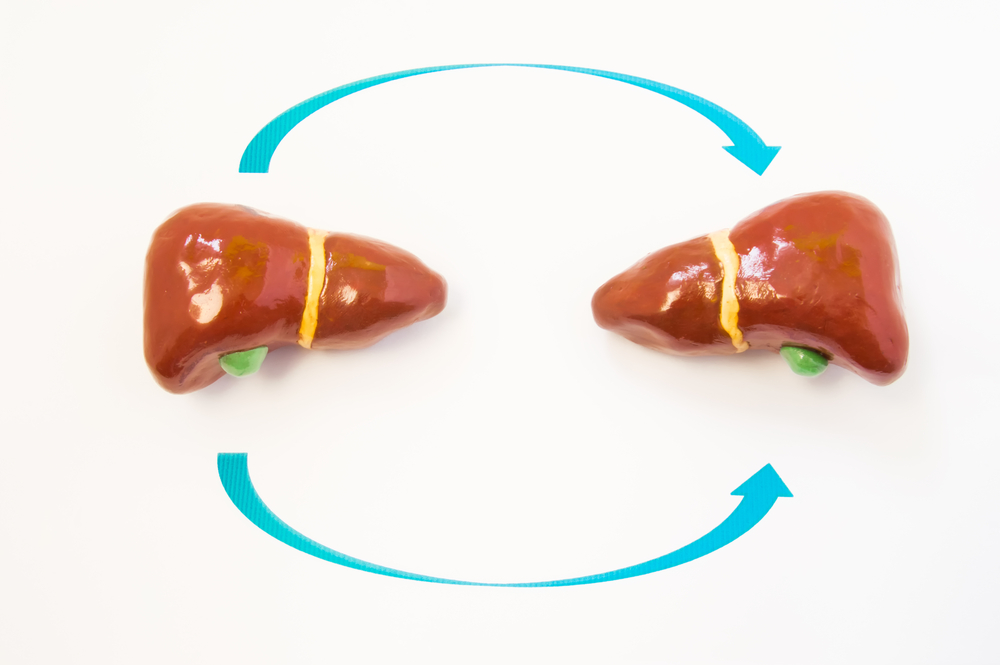Case Study: FAP Liver Caused Heart Amyloidosis in Recipient After Transplant

A liver, donated by a patient with familial amyloid polyneuropathy (FAP) caused by a Ser50Arg mutation in the transthyretin (TTR) gene, caused amyloidosis in the transplant recipient, underscoring the importance of closely monitoring patients who receive FAP livers in transplants.
This is an unusual scenario, researchers said in a case report describing the event, because most livers from FAP patients that later cause amyloidosis are from patients with the p.Val50Met mutation.
The study, “Amyloid Polyneuropathy and Myocardial Amyloidosis 10 Years after Domino Liver Transplantation from a Patient with a Transthyretin Ser50Arg Mutation,” was published in the Japanese journal Internal Medicine.
The reason doctors use livers from FAP patients for transplants is because there is a constant shortage of organs available for transplantation. Although the liver is what causes disease in FAP patients, it takes decades for symptoms to develop. And, except for the fact that these livers produce excessive amounts of amyloid, they have all the functions of a healthy organ.
Therefore, livers from FAP patients can be used in older patients who need a new liver in a type of procedure called a domino transplant. In this case, a patient with severe FAP who is set up for a liver transplant, simultaneously donates his or her liver to a patient with another liver disease.
Occasionally, recipient patients do develop amyloidosis, said researchers from the Hokkaido University Graduate School of Medicine in Japan.
In this case, a 54-year-old man with polycystic liver disease received a liver from a FAP patient with a Ser50Arg mutation. The FAP patient had symptoms in his autonomic nervous system, guarding involuntary functions such as intestinal movements and blood pressure. He also had polyneuropathy.
Although he had an enlargement of the wall of the lower heart chamber, his heart function had been normal.
Follow-up examinations six and nine years after the transplant showed the recipient patient had no signs of neuropathy. Ten years after the transplant, he started to notice numbness in his toes. Since he also had a brain blood vessel abnormality that he opted to get corrected with surgery, he went for a heart function evaluation to assess his suitability for the procedure.
Doctors discovered that the left side of his heart was enlarged and he had fluid that accumulated around the heart. Further neurological examinations revealed several nerves had abnormally low signaling speed. A tissue sample confirmed he had developed TTR-type amyloidosis in the heart muscle. Researchers also found mutated TTR in his blood.
Doctors started treating the patient with tafamidis, and the man did not develop further symptoms over the two following years.
Researchers underscored the case illustrated the importance of frequent follow-ups in patients who receive FAP livers in domino transplants.






